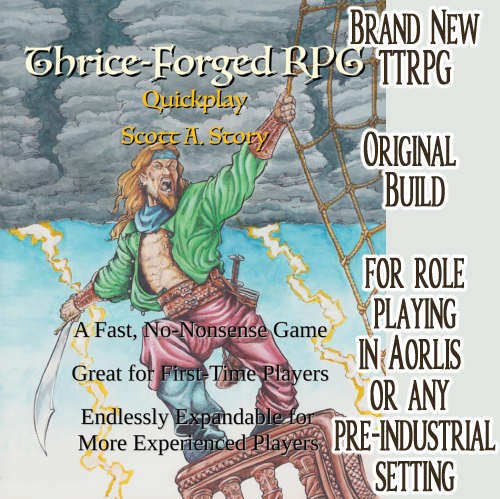The Twelve Pillars is a medieval style mind palace, a way to organize and access the whole of magic. In some regards, the Twelve Pillars have entered the Aorlisian Zeitgeist, become an astral location of its own, and mages may well encounter each other roaming its aethereal halls.
This scheme is the most popular in Aorlis, but it is only one of dozens of its sort. Some of these overlap with each other. The concept of the Twelve Pillars is not required to use magic. It is a mental construct meant to bring order to chaos. Indeed, some wizards even disagree with the organizational structure. For every spell listed, there are one to three variations, and sometimes cantrips (short-form) and working (long-form) variations. Mixing spells together to create more complex results is called chaining spells.
Mostly, these are coordinated on the spell’s intended result, not the method of its casting. Candles, runes, true names, sigils, ceremonies and similar techniques all vary and any of these spells can (and have) been cast from different schools and methods.
The Twelve Pillars
Aetheroturgy
This covers a broad spectrum, mostly centered on the human soul and the subtle, etherial plane that is next to the physical world. Its subclasses include: channeling, where the mage invokes entities through his own body; hedge jumping, or soul projection, were the mage’s spirit leaves his living body; oinomancy, or dream magic; phantasmata, where the mage creates thought forms, aquastors or egregors to do his bidding; portals, where the mage opens or seals up invisible portals to the ethereal world into Aarthus; and manifestation, where entities assume physical forms, or mages bilocate.
Conjuration
This class includes moving things to and from distant places, or teleportation, as we might call it. Conjuration’s subclasses are summoning magic, planar magic and gate magic.
Corporeal
These cover modifications to the body, self or other. It is broken into mobility, powers, combat, apotropaic, and healing subclasses.
Divination
Also called scrying, this is a wide class for finding answers in the past, present and future, and in other planes. It includes scores of methods, but all having the same basic function.
Enchantment
These influence or co-opt the minds of other usually unwilling targets, as well as facilitate mind-mind communication. One subclass is mind reading, love (lust) magic, and bardry (music)
Glamour
This covers illusion, deception and obfuscation. Glamours are real for their duration, then disappear into nothing. They include all sensory elements, especially audio and visual. Confusingly enough, glamour-using mages are called enchanters, but enchantment is part of another tower.
Hermetic
Also called gemetria, based on understanding texts and numerology to uncover the underlying nature of reality, and its operating system. Subclasses include the law of true names; barberous names; kabbalah; sacred geometry; and astrology.
Intention
This is a wide class of spells meant to grant success and good luck. This includes legal, mercantile, economic, social, wealth, agricultural, and influencing many other types of events or outcomes that defy easy quantification.
Metamorphosis
Also called transmogrification, these spells change the shape and/or substance of beings or materials. Alchemy is one subclass, as is the more religious transubstantiation. Most blacksmithing/smithy spells fall under this category.
Natural
This tower includes spells that cover the natural world and her abundance, as well as the great outdoors. Zoological spells are a subclass, as are weather working magic and elemental magic.
Necromancy
This is a vague class that encompasses many things, such as animating corpses or summoning spirits of the dead. Its subgroups include demonology, sciomancy and nycomancy. Its main subclass is curse magic, which are attack spells that may harm a victim on many fronts (health, relationships, economic). This magic is viewed as negative and aggressive.
Thaumaturgy
These are spells powered by God, the saints, angels or religion. Miracles, which defy classification, are a subclass. Mysticism is a subclass. The priesthood’s social powers and rites of clerics could be included here, but these are not considered magic, per se.












Comments